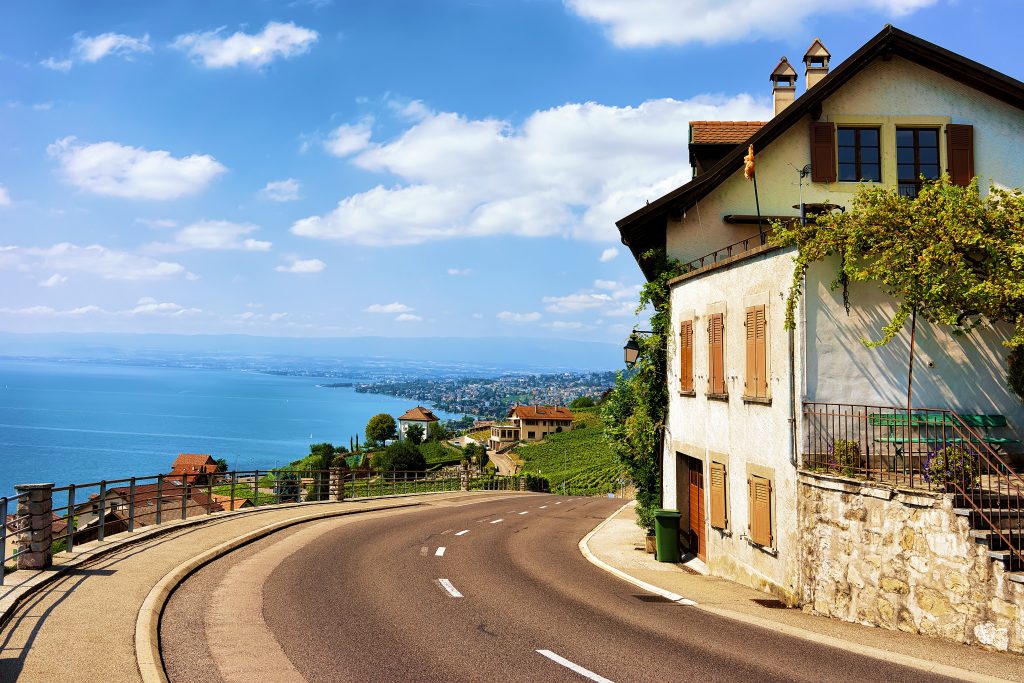What are the things you need to know about renting a car in Europe as a foreigner? This article contains some tips and suggestions for driving and renting a car in Europe, covering several topics.
Small roads and small cars
When we speak about driving in Europe one important thing you need to know is that the roads are much smaller, if compared to the US for instance. Therefore, you’re going to have smaller cars, so be prepared for that. Since the cars here are smaller the luggage space in the back are smaller too, so you won’t be able to get few big suitcases in the back of a medium-sized car, but perhaps you can fit one or two relatively smaller suitcases if you go for an economy size.
Manual vs. automatic transmission in Europe
Most cars are going to be manual transmission. If you don’t want to drive manual you need to request an automatic vehicle. But for sure, having an automatic in Europe will cost you much more, as in Europe its more common to have vehicles with manual transmission. So, make sure you are aware of that.
European traffic
The third thing I would like to mention is the traffic in Europe. For instance in the US you might be driving through some states and there will be nobody around for an hour of driving. However, here in Europe you always have traffic, there are always people around and it can get a little frustrating as you always need to be focused. You won’t have much opportunity to use cruise control when driving around.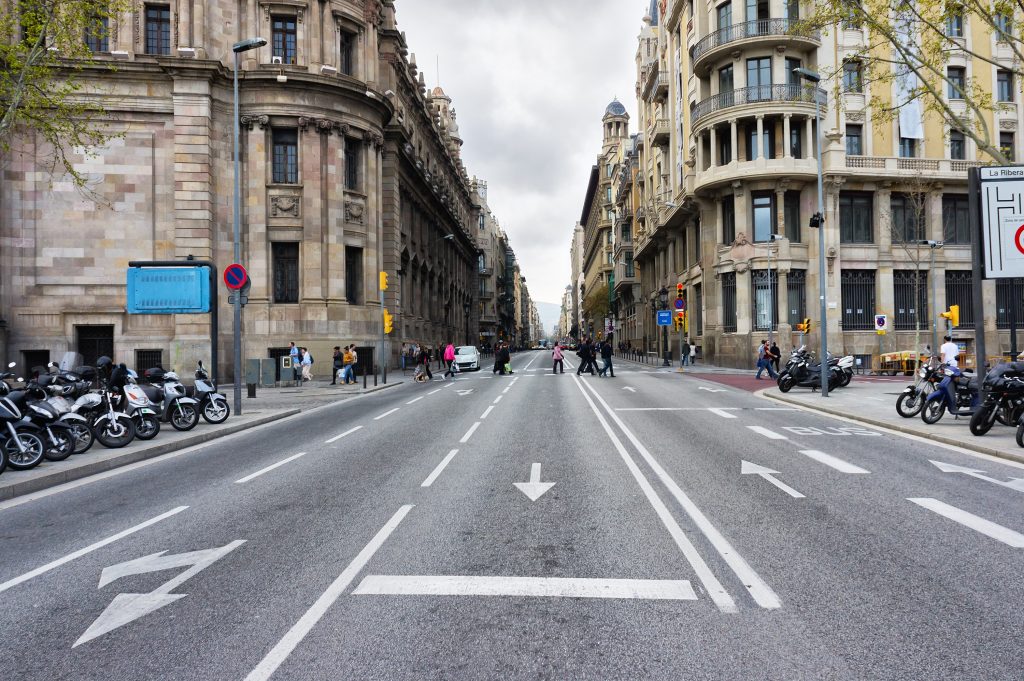
Renting a car
Now let’s move to more specific recommendations. If you are looking to rent a car, there are few things you can do. You can rent from international brokers, agencies or use local companies which might have good deals and prices. But take into account that local companies do not always have the extra coverage. Hence, you would be better off if you rent online. You want to make sure to choose a smaller vehicle as the roads are small and not easy to get around.
GPS
Another advice is to get a car GPS and modify its settings before departure, as the device will most probably have local language by default. Before leaving your place make sure to put the locations in GPS as it won’t be easy to do once you start driving. And without GPS the roads might be a bit confusing. Many of us use apps like Google Maps. Those are usually helpful, but a proper GPS device would work best.
Insurance
You need to look into the topic of insurance. Similar to the US, the companies in Europe always offer extra insurances. It is obviously recommended to have an insurance as its hard to know what exactly your present insurance from your home country covers. With such insurance usually the costs need to be paid out of your pocket first and then back home you get paid by your insurance company. In some cases, some parts of the cost won’t be covered at all. Its validity might also differ based on the country you come from and the country you are going to. Sometimes credit card companies will give you insurance options too.
Driver’s license
Another topic that we need to look at is international driver’s license. Basically, it’s a translation of your ordinary license. Nowadays you can easily get one of those for few dollars. It’s not always required but some rental agencies can ask you for that, or in some cases police may demand presenting the document. The best is to have it with you, together with your ordinary driver’s license from your home country. These might differ depending on the country/region where you are planning to use it, for example if you’re going to Latin America it might be different than the one for Europe. So, find out which one is going to be appropriate for you.
Fuel
You need to be aware that diesel is much more popular in Europe than it is in the US. You must verify which type of fuel is required for your car. Also, when buying fuel, your credit card might not work at the fuel station because European cards have additional chips in it, whereas in the US not all cards have it. If your card does not work, that can be a problem as not all fuel stations have an attendant who can fill up your tank. In case your card differs from the cards in Europe, make sure to stop at a station that has an attendant so that you can pay inside the fuel station, to be able to use your foreign bank card. In Europe finding a fuel station is not as easy as it is in the US, especially when travelling outside of big cities.
Parking
Parking in Europe might sometimes be frustrating as the space is often limited. Also, everywhere you go you need to pay for parking. Many spots have a meter. Once you get out of your vehicle, there will be an arrow indicating the direction towards a “payment box”. So, have your coins ready. Once you insert money and get a ticket, you need to leave it in your front window, so that the parking staff can check it easily.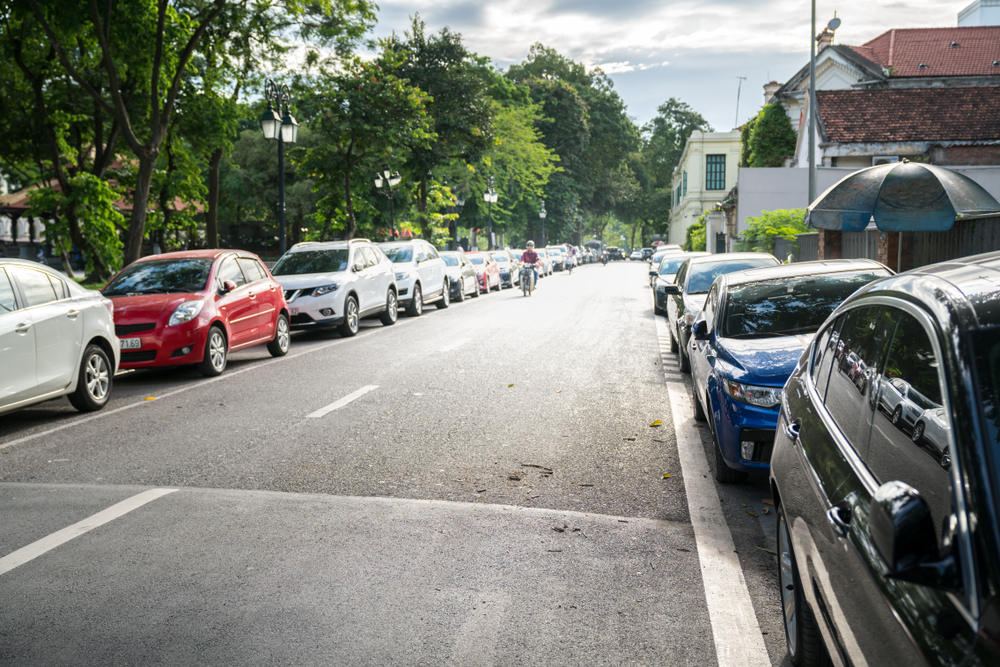
Driving side
In Europe they drive on the right side, with the exception of UK, where people drive on the left. That can sometimes be confusing for those who are not used to it. Check out some instructions that can help you deal with the confusion, especially with roundabouts, as they can be complicated.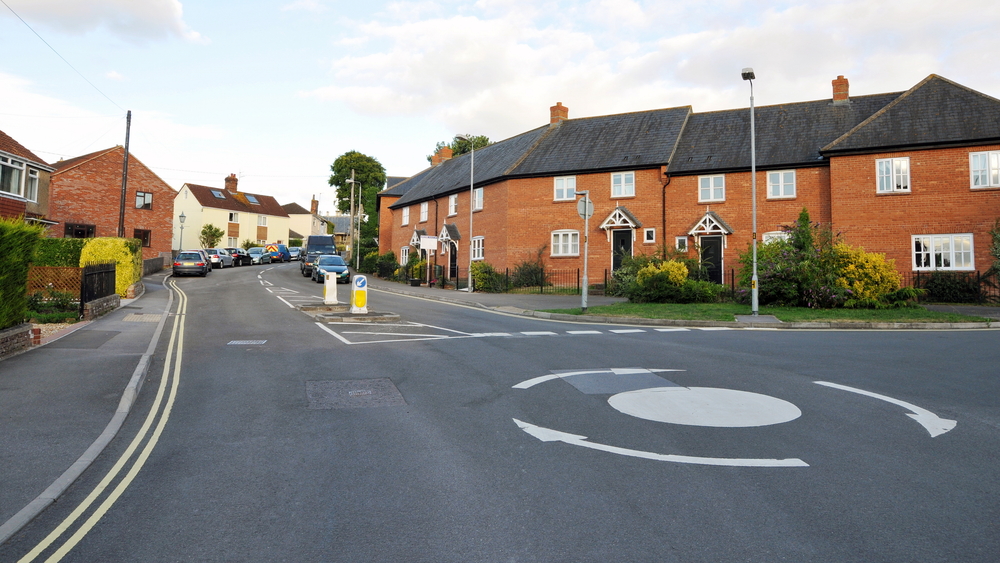
Distance/speed measurement
In Europe they use kilometers for measuring distance. If you are from a country that uses miles, do not get confused. Another thing you might notice is that they don’t have many signs for speed limits. That’s because there are two main speed limits, inside and outside city, unless stated otherwise. You won’t see many cops but there are many cameras that monitor traffic. Sometimes they are hard to notice. If you break rules, police can easily find you and put the cost on your credit card. Rental companies will let the police know where their customer was driving. After all, you might get a picture of yourself, speeding on some road.
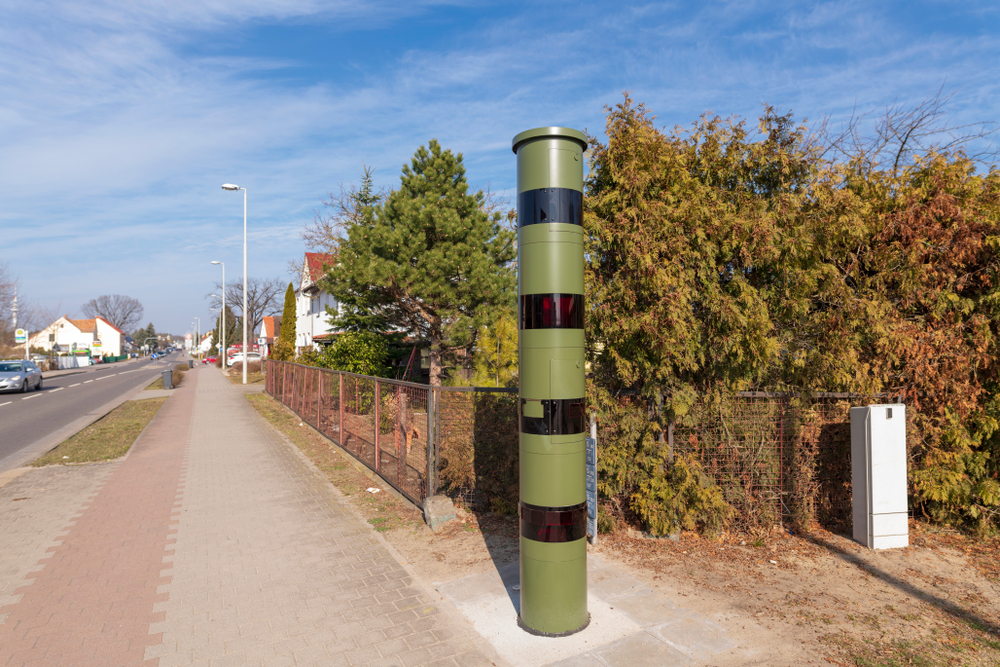
Speed limits
When you are driving on a highway you should be aware that not everywhere in Europe is the German Autobahn. There are only certain locations where you can go as fast as you can. What you need to know is that when you drive in Europe on the highway you should always stay on the right lane. You can move to the left lane only when you are overtaking another vehicle. But once you do that, you need to get back to the right lane. Make sure you are paying enough attention to that as many accidents happen due to that exact reason, people not getting back to the right lane. 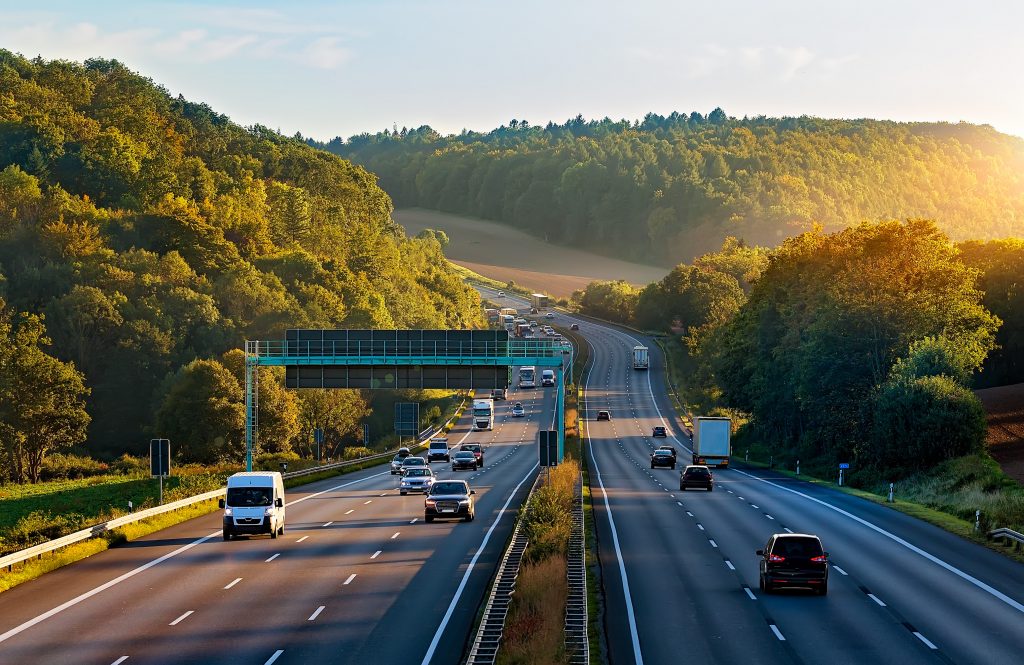
Just in case, have a paper map with you
If you get lost and for some reason GPS is not helpful, don’t worry about it, just get out of the car and ask people where you are. That’s why it would be useful to have a normal paper map with you, it doesn’t matter whether you are in Germany, Italy, or any other part of Europe, people will find a way to explain to you where and how you need to go.
Have some Euro coins with you to pay for tolls
One final tip I would like to give you is that there are a lot of toll roads in Europe, so make sure you have a lot of euro coins with you to pay for them. You can use coins for paying via toll machine. In some cases, you will also be able to pay money to a cashier directly. Not all places accept other forms of payment, therefore, the best is to have some coins with you. Otherwise, you might even get stuck on some highway or a bridge.
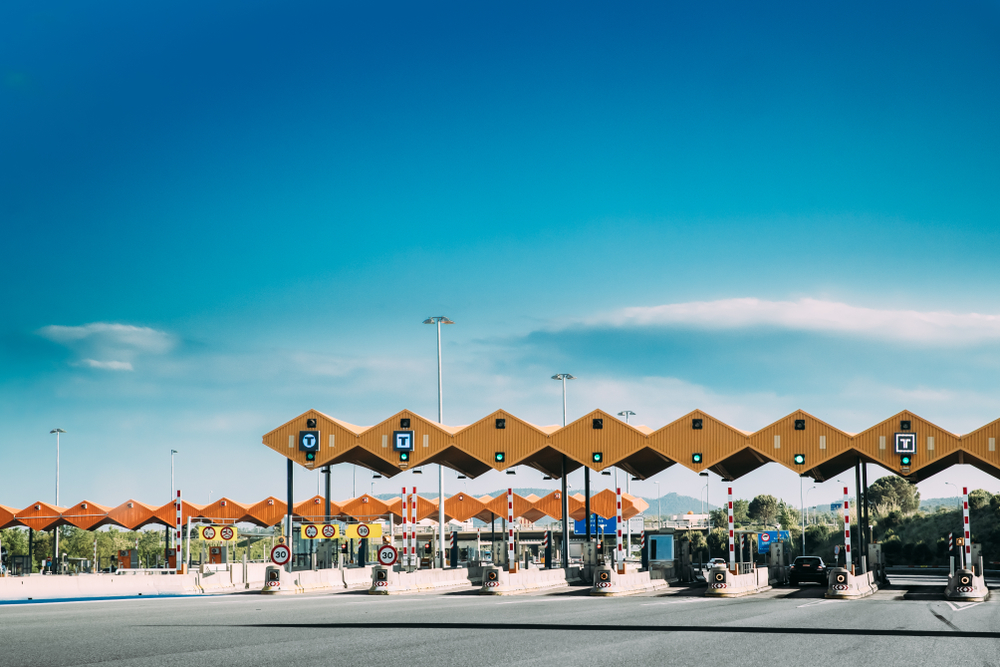
Overall, Europe is a great place to drive around. Take into consideration these tips if you decide to go there for an adventure.


